Keep seeing a bad request error 400 on Gmail when accessing your account?
Gmail is an email service developed by Google. It’s considered one of the best online emailing services globally used by many individuals, businesses, and companies.
However, despite its current status, Gmail is not safe from unexpected issues and errors, which is typical for any platform.
One of the most common issues on Gmail is the bad request error 400.
When you encounter this error, you cannot access your Gmail account. After providing your credentials, you’ll be greeted by the bad request error 400.
Usually, this error occurs when your browser can’t establish a stable connection with Gmail’s servers. This can be due to faulty servers or slow networks. On the other hand, corrupted cache, extensions, or other apps could also trigger the bad request error 400 on Gmail.
To help you out, we’ve decided to make a guide for fixing the bad request error 400 on Gmail when signing into your account.
Let’s dive right in!
1. Check Gmail Servers.
When you encounter issues accessing your Gmail account, you should first check Google’s services status. You can do this by visiting their dedicated status page and see if there’s an issue with Gmail.
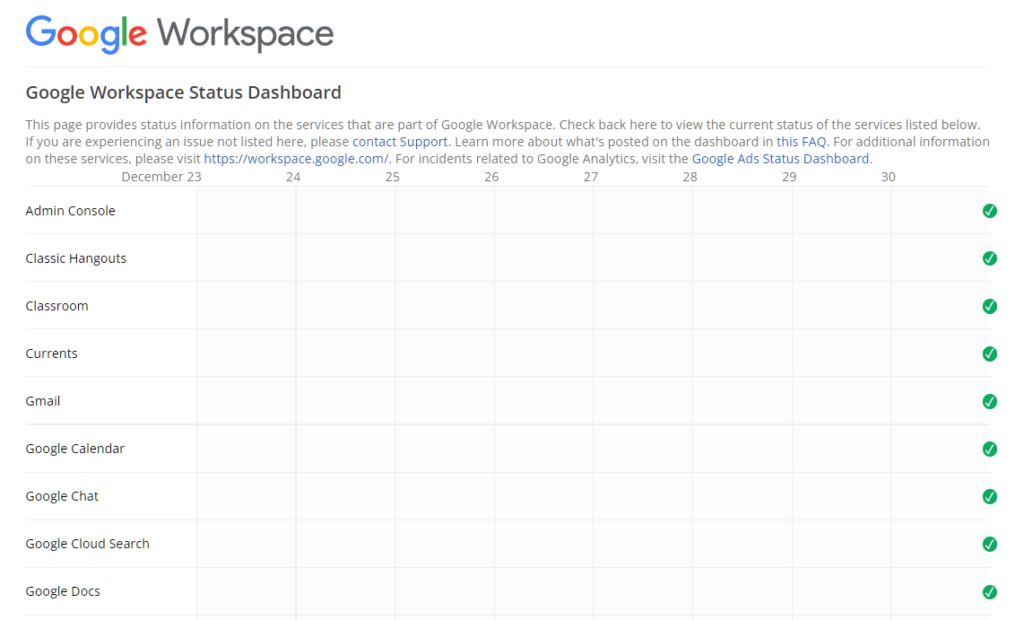
If the platform is down, there’s nothing you can do but wait since server-related issues are not addressable on the user’s end.
On the other hand, you can head to the next solution below if Gmail is working.
2. Restart Your Browser.
Your system may have failed to load some of your browser’s resources, which causes issues when you try to access websites. It’s also possible that your browser runs into errors during run time.
To rule this out, restart your web browser to reload its data.
Simply click the ‘X’ button on the top right corner of your window to close the app. Go to your desktop afterward and relaunch your browser.
3. Restart Your PC.
If restarting your browser wasn’t enough, we suggest restarting your entire device. This should allow your system to reload its resources and eliminate bugs and glitches that may have occurred during use.
For Windows users, here’s how you can restart your PC:
- First, open the Start Menu by clicking the Windows icon on the Taskbar.
- After that, access the Power Options tab.
- Lastly, choose Restart.
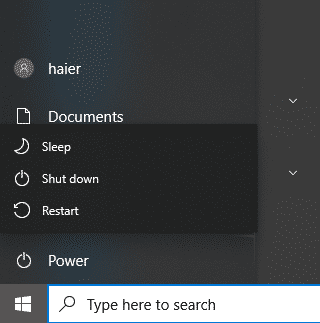
If you’re using a Mac computer, follow the guide below to reboot it:
- Open the Apple Menu on your Mac device.
- Next, choose the Restart option on the drop-down menu.
- Finally, click the Restart button on the dialog box to confirm your action.
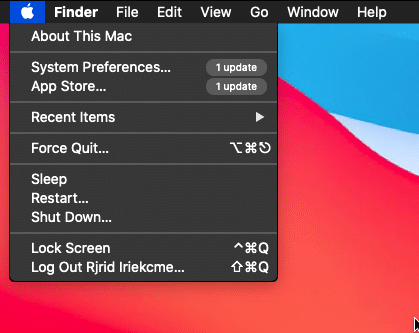
After restarting your computer, go back to Gmail and see if you can now access your account.
4. Check Your Network Connection.
A slow or unstable network could also cause the bad request error 400 on Gmail. If your internet is not working properly, your browser will struggle to communicate with the servers, and errors will occur.
To confirm this, run a test using Fast.com to measure your network’s upload and download speed.
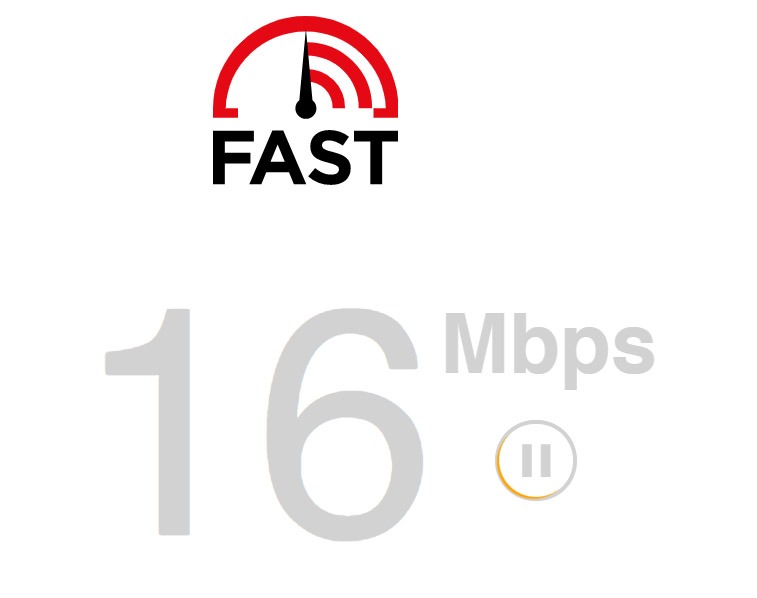
If the result indicates an issue with your connection, unplug your router from the outlet and wait for 5 to 10 seconds before reconnecting it. This should refresh the link with your ISP’s servers and resolve temporary problems on your network.
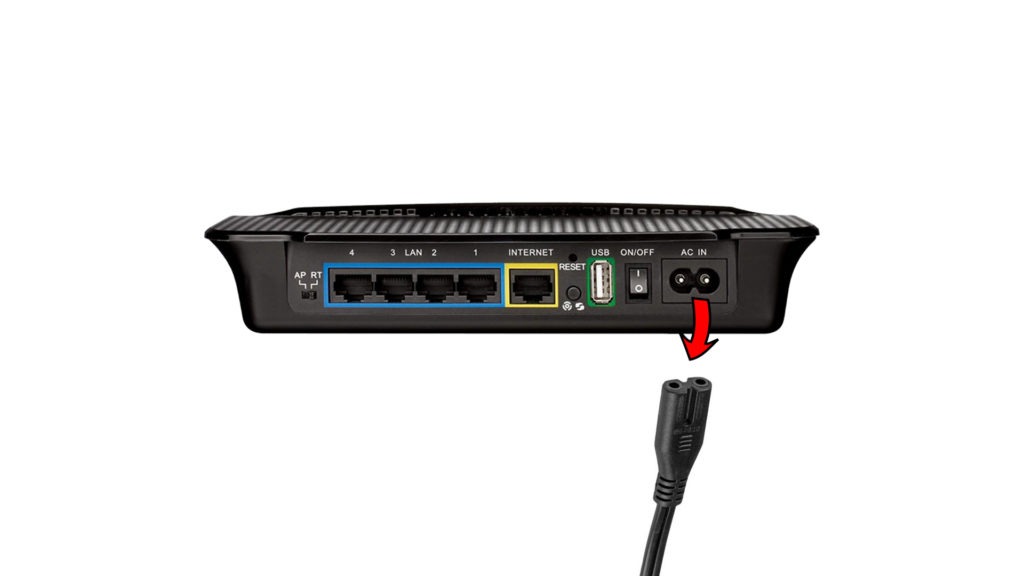
Once done, re-run the test to check if the restart worked. If not, contact your service provider and ask them to address the issue.
5. Turn Off Your VPN.
Virtual private networks are third-party applications that protect your connection and data from hackers and other harmful entities. They work by filtering your activity and masking your IP address to keep everything secured.
However, this process can also affect the quality of your connection and cause delays and interruptions to your network.
If you can’t access your Gmail account, try disabling your VPN first.
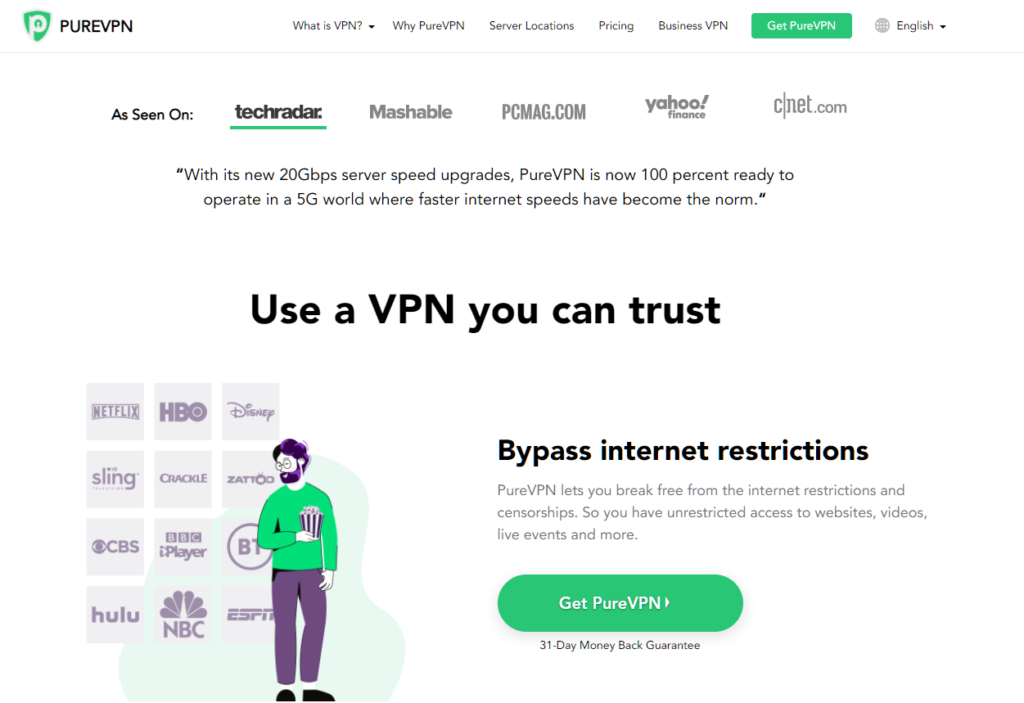
On the other hand, you can switch to a much more stable provider like PureVPN if you don’t want to browse online without protection. Compared to other VPNs, it works well with most applications and keeps your connection fast and reliable.
6. Clear Your Browsing Data.
Browsers use temporary data called caches and cookies and store it on your local drive. This data is used to improve loading times and the overall performance of your browser. However, they can accumulate over time and become corrupted.
When this happens, websites may not function correctly, or your browser may not work at all. To fix this, see the steps below to clear your browsing data:
- First, open your preferred browser and access the Settings.
- Next, go to the Privacy and Security tab and click on Clear Browsing Data.
- After that, click on the Time Range tab and choose All Time.
- Lastly, include caches and cookies in the process and hit the Clear Data button to start.
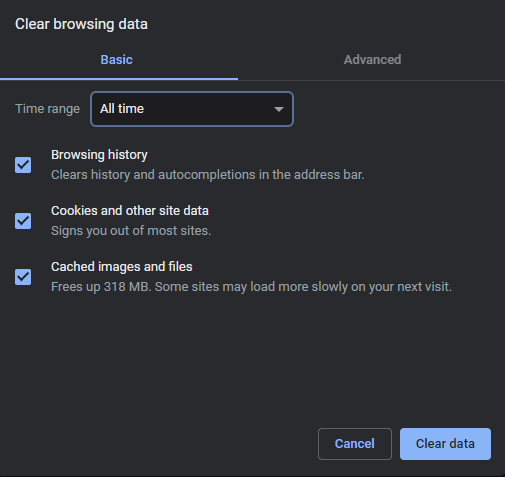
Once done, re-login to your Gmail account and check if the problem is solved.
7. Disable Extensions.
Extensions or add-ons are mini-applications that are installed directly on your browser. They provide additional functionality or features to specific websites, which improves your overall experience.
However, Gmail may not be compatible with the extensions you’re using, causing the bad request error 400. To fix this, turn off your extensions before signing in to your Gmail account.
Here’s what you need to do:
- First, open your browser and click on More Options.
- Now, access the Settings and go to the Extensions tab on the side menu.
- Lastly, turn off all your extensions and restart your browser.
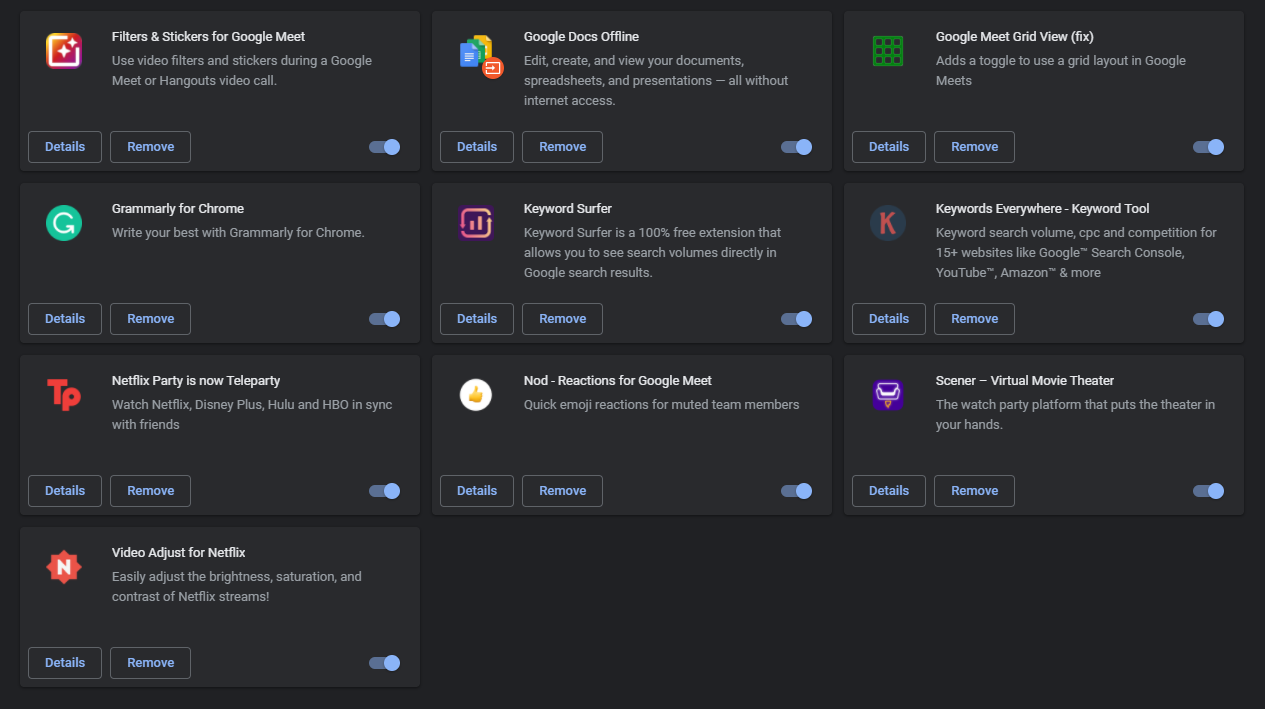
Try logging into your Gmail account afterward to check if the problem is solved.
8. Contact Google for Assistance.
If you still encounter the bad request error 400 on Gmail, we suggest letting the experts handle the situation.
Go to Google’s Support page and contact their team to ask for assistance accessing your account. Provide a screenshot of the error, your account details, and other necessary information to help their team address the problem faster.
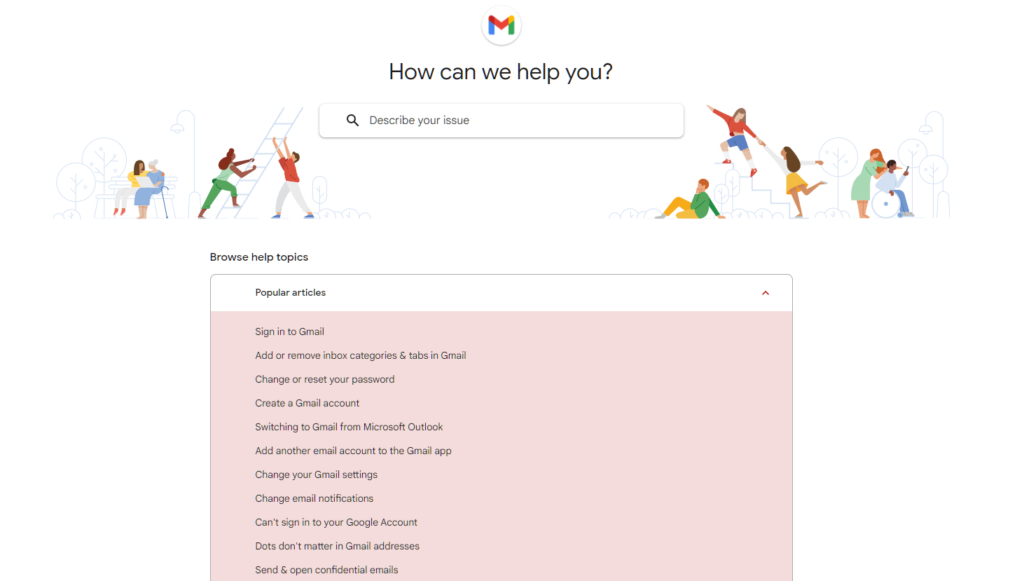
While waiting for a response, browse the guides on their page and see if you can find alternative solutions.
That ends our guide on fixing the bad request error 400 on Gmail. If you have questions or any other concerns, please let us know in the comment section, and we’ll do our best to answer them.
If this guide helped you, please share it. 🙂





